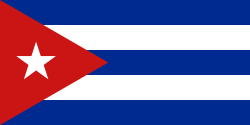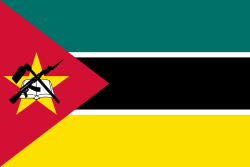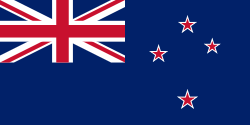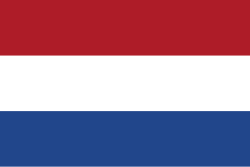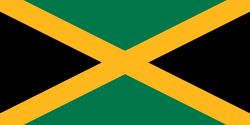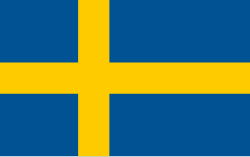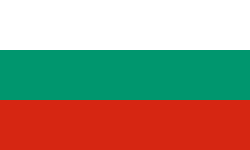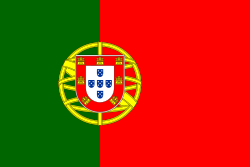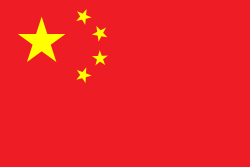800 meter för damer i friidrott vid olympiska sommarspelen 1996
| Damernas 800 meter vid de XXVI:e olympiska sommarspelen | ||||
| Anläggning | Centennial Olympic Stadium | |||
|---|---|---|---|---|
| Datum | 26 juli 1996 (kval) 27 juli 1996 (semifinaler) 29 juli 1996 (final) | |||
| Deltagare | 36 från 31 nationer | |||
| Vinnartid | 1.57,73 | |||
| Medaljörer | ||||
| ||||
| ||||
| ||||
| ← 1992 2000 → | ||||
| Friidrott vid OS 1996 | ||||
| ||||
|---|---|---|---|---|
| ||||
| ||||
| ||||
| ||||
| ||||
| ||||
| ||||
800 meter för damer vid olympiska sommarspelen 1996 i Atlanta avgjordes den 26-29 juli.
Medaljörer
| Gren | Guld | Silver | Brons | |||
| 800 meter | Svetlana Masterkova | 1.57,73 | Ana Fidelia Quirot | 1.58,11 | Maria de Lurdes Mutola | 1.58,71 |
Resultat
- Q innebär avancemang utifrån placering i heatet.
- q innebär avancemang utifrån total placering.
- DNS innebär att personen inte startade.
- DNF innebär att personen inte fullföljde.
- DQ innebär diskvalificering.
- NR innebär nationellt rekord.
- OR innebär olympiskt rekord.
- WR innebär världsrekord.
- WJR innebär världsrekord för juniorer
- AR innebär världsdelsrekord (area record)
- PB innebär personligt rekord.
- SB innebär säsongsbästa.
Final
| Placering | Namn | Final | Semi | Heat |
|---|---|---|---|---|
| 1.57,73 | 1:57.95 | 1:59.67 | ||
| 1.58,11 | 1.57.99 | 1:59.98 | ||
| 1.58,71 | 1:57.62 | 1:58.98 | ||
| 4. | 1.58,81 | 1:58.49 | 1:58.80 | |
| 5. | 1.59,57 | 1:57.77 | 1:59.18 | |
| 6. | 1.59,61 | 1:57.93 | 1:58.98 | |
| 7. | 2.00.32 | 1:58.67 | 1:59.23 | |
| 8. | 2.00,54 | 1:58.25 | 1:59.35 |
Icke-kvalificerade
| Placering | Namn | Semi | Försök |
|---|---|---|---|
| — | 1.59,06 | 1:59.65 | |
| — | 1:59.23 | 1:59.56 | |
| — | 2:00.68 | 2:00.02 | |
| — | DNF | 2:00.26 | |
| — | 1:58.29 | 1:59.71 | |
| — | 1:59.28 | 1:59.37 | |
| — | 1:59.36 | 1:59.96 | |
| — | 2:02.50 | 2:00.18 | |
| — | DNQ | 2:00.27 | |
| — | DNQ | 2:00.38 | |
| — | DNQ | 2:00.47 | |
| — | DNQ | 2:01.48 | |
| — | DNQ | 2:01.61 | |
| — | DNQ | 2:02.13 | |
| — | DNQ | 2:02.88 | |
| — | DNQ | 2:03.22 | |
| — | DNQ | 2:04.17 | |
| — | DNQ | 2:04.80 | |
| — | DNQ | 2:04.99 | |
| — | DNQ | 2:08.31 | |
| — | DNQ | 2:08.58 | |
| — | DNQ | 2:13.52 | |
| — | DNQ | 2:36.85 | |
| — | DNQ | DNF | |
| — | DNQ | DNF | |
| — | DNQ | DNF | |
| — | DNQ | DNS |
Referenser
| ||||||||
Media som används på denna webbplats
An icon that represents a gold medal
An icon that represents a silver medal
An icon that represents a bronze medal
Författare/Upphovsman: See File history below for details., Licens: CC0
Dominicas flagga
Kanadas flagga, införd 1965; denna version med Pantone‐nyanser. Nuvarande utformning ersatte den tidigare kanadensiska Red Ensign.
Flag of Jamaica. “The sunshine, the land is green, and the people are strong and bold” is the symbolism of the colours of the flag. GOLD represents the natural wealth and beauty of sunlight; GREEN represents hope and agricultural resources; BLACK represents the strength and creativity of the people. The original symbolism, however, was "Hardships there are, but the land is green, and the sun shineth", where BLACK represented the hardships being faced.
Flag of Portugal, created by Columbano Bordalo Pinheiro (1857–1929), officially adopted by Portuguese government in June 30th 1911 (in use since about November 1910). Color shades matching the RGB values officially reccomended here. (PMS values should be used for direct ink or textile; CMYK for 4-color offset printing on paper; this is an image for screen display, RGB should be used.)
Belize Flag before August 28, 2019 Standardzations SVG from 3 September 2019 revision by FDRMRZUSA
Flag of Ethiopia (1996-2009)
Flag of Belarus 1995-2012

